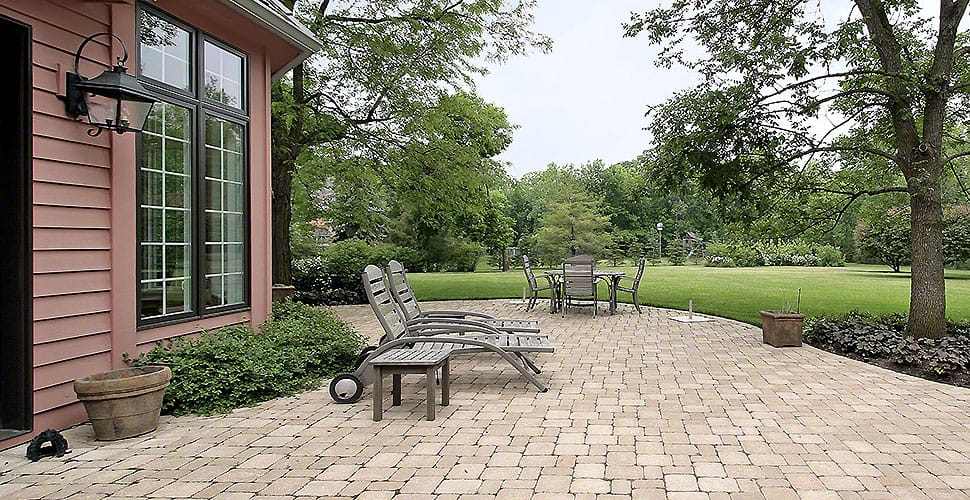Planning on revamping your patio? Need a hand in coming up with a creative yet cost-effective idea? Well, this is a guide to help you give a brief idea about the materials their cost and durability of using them. Also if you are not planning to hire patio contractors then you probably need to know about the installation difficulty of each material as well. Don’t worry this guide has got you covered.
A guide about patio building materials
Here are some of the most popular materials used for patios.
Stone
Stone patios have an aesthetic of their own. Some of the popular stones used for this stone patio are flagstone, slate, limestone and bluestone. Theses stones can shift with the ground however they are least likely to erode. In case a stone does happen to break you can replace it without having to tear the entire surface apart. Stone patios don’t prove to be good DIY projects because of the heavy, bulky stones which are difficult to fit and place.
Although this is an all-time classic patio design it is a little expensive choice to make. It can cost you around $14-$28 per square foot. Each stone needs to be extracted and carefully fit together by shape. Moreover, it is important to keep in mind the practicality of this stone. The stone tends to become very hot in the sun and slippery in during rainy days.
Maintenance wise this stone patio is fairly simple. It can last a lifetime if properly taken care of. It needs to be regularly swiped and weeded. A deep cleanse is also very necessary in case it gets stained. Tough stains can be scrubbed with the help of bleach and water.
Brick
Brick patios are also a classic look. Although there are limited in colour and cannot be dyed they can still be arranged in stylish patterns. They cost approximately $14-$20 per square foot. Salvaged brick is also an option which is far less eco-friendly. Due to its porous texture which acts as a good drainage system. If you are a beginner then you might want to skip this type of a DIY project due to its difficulty level.
These brick don’t easily erode but are likely to crack when subject to stress or freezing temperatures. However, it is easy to replace these bricks individually. You don’t even have to worry about the brick not blending in as the colours don’t fade away. The brick patio is not completely smooth and will cause your furniture to be a tad bit unstable.
Moreover Brick is difficult to clean. It happens to grow moss on it which must be taken off with the help of bleach and a scrubbing brush a few times a year. Proper maintenance can make these patios last over 100 years.
Poured/stamped Concrete
Concrete is a popular choice for patios and is also the cheapest of all the other materials. This gives a hard-surface patio look. Concrete is a mixture of aggregates and paste. Concrete aggregates can be crushed stone, sand, gravel or even shells. The paste is part water and part cement. This kind of a patio is not a DIY and hence it is recommended you hire a contractor.
Concrete begins as a paste which later on hardens. It is a good choice if you want a custom patio. Stamped concrete is one way to create stylish patterns in your patio surface. This can be done by pressing flexible polyurethane stamps into freshly poured concrete. It can also be dyed in almost any colour to reflect the texture of the stone or brick. You can use fun designs like geometric or animal prints. They cost around $6-$13 per square foot. All in all, it is difficult to maintain.
Conclusion
Now you have all the important information you need about each of the materials. If you find these difficult to work on your own you can contact your local patio builders Long Island to help you out.



